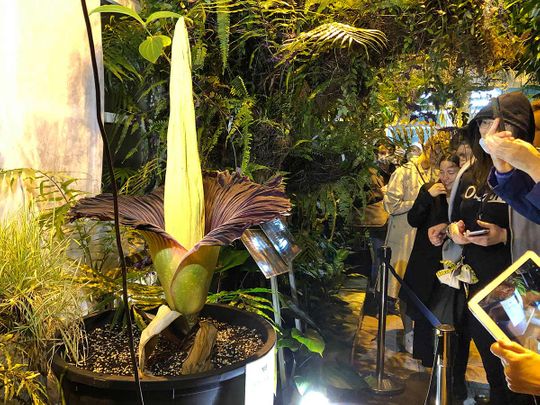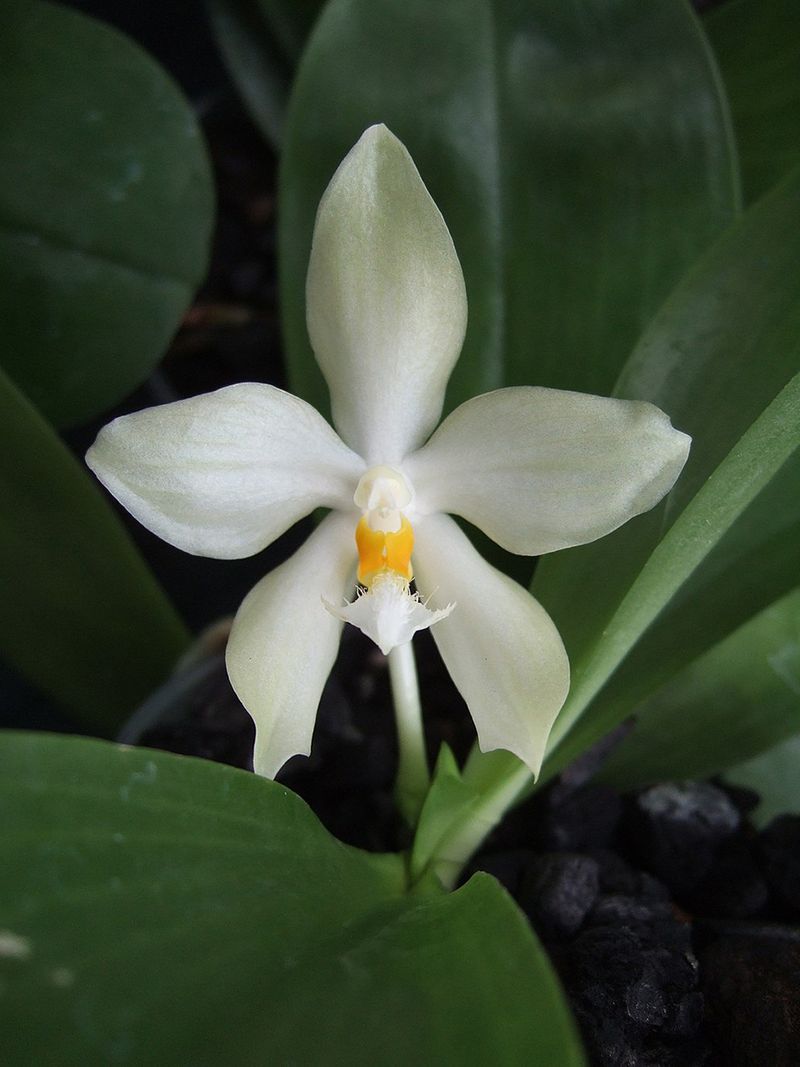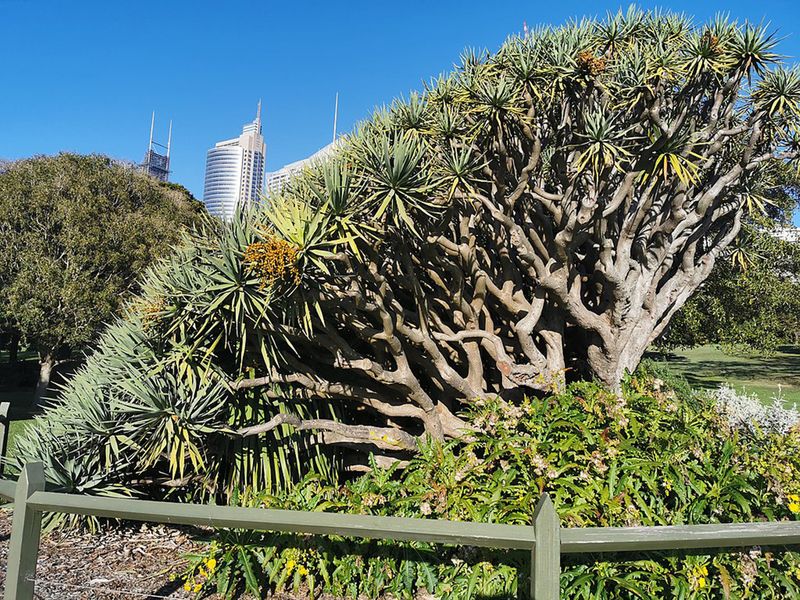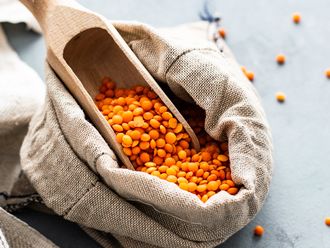
We all know about animals on the verge of extinction, or species that have been wiped off the face of the Earth. But did you know there are many plant species that are just one drought or disease away from disappearing forever?
Click start to play today’s Word Search, where you can find plants that still thrive around the world.
Not all plants have the same fate, however. A plant can go extinct because of various factors, according to the US Forest Service – human activity and natural disasters can cause a loss of habitat or pollinators, and the introduction of competing species, diseases or pests can also lead to their decline. Today, at least 22 per cent of plants are at risk of extinction, with some species numbering fewer than 100 in the wild.
Here are a few plant species that are endangered around the world:
1. Phalaenopsis Micholitzii

This beautiful, shade-loving orchid, with waxy, light green leaves, is part of the Orchidaceae family, and native to the Philippines. It is found in humid forests with tropical climates, but due to overcollection and loss of habitat, it’s currently a threatened species.
2. Acacia Anegadensis
A species of plant in the family Fabaceae, this small tree is only found in the British Virgin Islands, where it can be found in tropical dry forests, or along sandy shores. With clusters of small, bright yellow flowers, it’s an attractive species, but unfortunately, is on the brink of extinctions after suffering consequences from the rise in sea level around the islands.
3. Amorphophallus Titanum
From the family Araceae, this striking plant is also known as the corpse flower or corpse plant, since it releases a particular odour that resembles the smell of a rotting corpse. Native to the Indonesian island of Sumatra, it’s the largest flower in the world, but is so rare that its species can now only be found preserved in botanical gardens and universities in the UK, Mexico, Germany, and Japan, among other countries.
4. Dracaena Draco

The drago or the Canary Islands dragon tree, from the family Asparagaceae, is the closest living relative to the dragon blood tree of Socotra in Yemen. It’s also the symbol of the island of Tenerife in Spain. Although its life span ranges between 500 to 600 years, this striking tree is listed as ‘vulnerable’ by the International Union for Conservation of Nature (IUCN).
Do you think the world should take more steps to protect plants from extinction? Play today’s Word Search and tell us at games@gulfnews.com.








